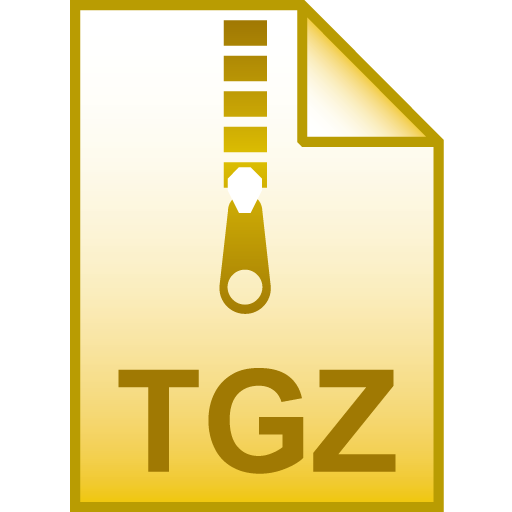| dc.contributor | University of Illinois at Urbana-Champaign | en_US |
| dc.contributor | University of Illinois at Urbana-Champaign | en_US |
| dc.contributor | General Motors Global R&D Center | en_US |
| dc.contributor | University of Illinois at Urbana-Champaign | en_US |
| dc.contributor.author | Fellinger, Michael R. | |
| dc.contributor.author | Tan, Anne Marie Z. | |
| dc.contributor.author | Hector Jr., Louis G. | |
| dc.contributor.author | Trinkle, Dallas R. | |
| dc.contributor.other | [email protected] | en_US |
| dc.date.accessioned | 2018-08-08T00:52:59Z | |
| dc.date.available | 2018-08-08T00:52:59Z | |
| dc.identifier.citation | M. R. Fellinger, A. M. Z. Tan, L. G. Hector Jr., and D. R. Trinkle, Phys. Rev. Materials 2, 113605 (2018).
DOI: 10.1103/PhysRevMaterials.2.113605 | |
| dc.identifier.uri | http://hdl.handle.net/11256/978 | |
| dc.identifier.uri | https://doi.org/10.1103/PhysRevMaterials.2.113605 | |
| dc.description.abstract | We use density functional theory (DFT) to compute the core structures of a_0[100](010) edge, a_0[100](011) edge, a_0/2[-1-11](1-10) edge, and a_0/2[111](1-10) 71 degree mixed dislocations in body-centered cubic (bcc) Fe. The calculations are performed using flexible boundary conditions (FBC), which effectively allow the dislocations to relax as isolated defects by coupling the DFT core to an infinite harmonic lattice through the lattice Green function (LGF). We use the LGFs of the dislocated geometries in contrast to most previous FBC-based dislocation calculations that use the LGF of the bulk crystal. The dislocation LGFs account for changes in the topology of the crystal in the core as well as local strain throughout the crystal lattice. The standard deviations of the dislocation Nye tensor distributions quantify the widths of the dislocation cores. The relaxed cores are compact, and the local magnetic moments on the Fe atoms closely follow the volumetric strain distributions in the cores. We also compute the core structures of these dislocations using eight different classical interatomic potentials, and quantify symmetry differences between the cores using the Fourier coefficients of their Nye tensor distributions. Most of the core structures computed using the classical potentials agree well with the DFT results. The DFT core geometries provide substitutional and interstitial sites for computing solute-dislocation interactions and can serve as inputs for mesoscale models of solute diffusion near dislocations. | en_US |
| dc.description.sponsorship | Department of Energy National Energy Technology Laboratory under Award Number DE-EE0005976,
NSF/DMR under Grant No. 1410596 | en_US |
| dc.rights | Attribution-NonCommercial-NoDerivs 3.0 United States | * |
| dc.rights.uri | http://creativecommons.org/licenses/by-nc-nd/3.0/us/ | * |
| dc.subject | dislocation, edge, mixed, bcc, Fe, iron, first principles, DFT | en_US |
| dc.title | Geometries of edge and mixed dislocations in bcc Fe from first principles calculations | en_US |
| dc.type | Dataset | en_US |


